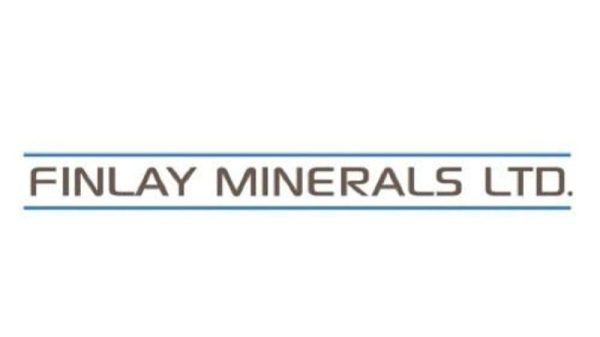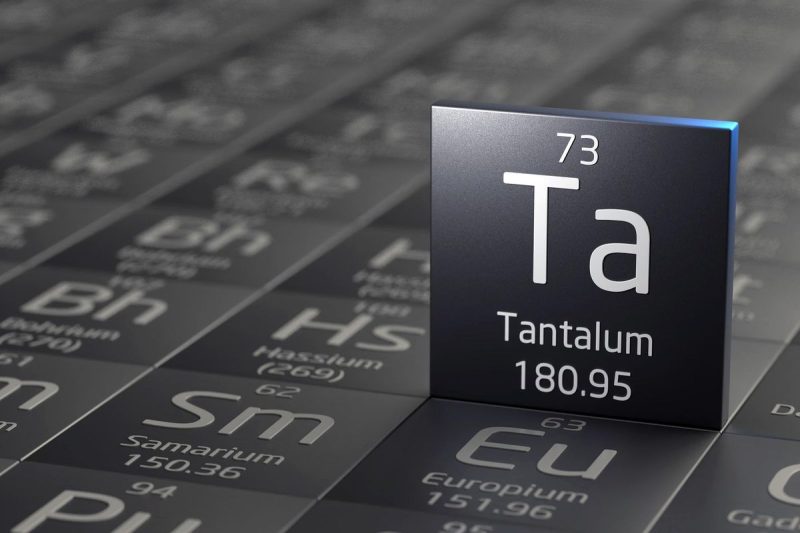With impressive ductility and the ability to resist heat and corrosion, critical metal tantalum is one of the five major refractory metals, as well as an important industrial commodity.
Due to its high thermal conductivity, about two-thirds of tantalum is used in electronic capacitors, a key component of cell phones and other modern technologies. Tantalum’s high melting point and corrosion resistance are also important properties for use in superalloys. Additionally, because it causes no immune response in humans, the metal is used in surgical appliances as a replacement for bone, as a connector of torn nerves and as a binding agent for muscles.
The tantalum market can be difficult to understand, but because it is essential for electronics companies and other industrial end users, some consider the metal a compelling investment. Read on for a brief overview of tantalum supply and demand dynamics, and a look at how to invest in this critical metal.
What factors impact tantalum supply and demand?
Tantalum is rare, averaging only 2 parts per million in the Earth’s crust. There are few mines solely dedicated to production of the refractory metal, meaning tantalum is mainly produced as a by-product; a significant portion of conflict-free tantalum products are mined as a by-product of lithium production.
The Democratic Republic of Congo (DRC) is the world’s largest tantalum producer, putting out 860 metric tons in 2022, the latest year for which data is currently available. Brazil stands in second place, with tantalum-mining production reaching 370 metric tons that same year. Rwanda, Nigeria and China are other key tantalum producers.
The DRC is a major producer of many metals aside from tantalum, but for over a decade the extraction of these resources has been linked to conflict, human rights abuses and corruption. For that reason, tantalum is known as a conflict mineral; other common conflict minerals are cobalt, tin, tungsten and gold.
To curb the production of conflict minerals, some government bodies have put rules in place to ensure that companies disclose which mines the metals they use come from. In 2021, the EU strengthened its conflict minerals regulations, and in the US the Dodd-Frank Act outlines when and how companies must disclosure their use of conflict minerals.
Looking more closely at tantalum supply, demand for lithium has been impacted by China’s cuts to electric vehicle (EV) subsidies. As mentioned, tantalum is a common by-product of lithium, and tantalum supply from lithium producers such as Talison Lithium and Pilbara Minerals (ASX:PLS,OTC Pink:PILBF) can be impacted when lithium demand is lower. However, China’s government is now offering tax breaks for purchases of EVs in 2024 and 2025.
Aside from mine supply, there is also a developing tantalum-recycling market that does not rely on new tantalum ore production, but instead uses waste and scrap metal to fill its reserves.
In terms of the value of the tantalum market, Future Market Insights is forecasting a compound annual growth rate of 4.9 percent from 2023 to 2033, reaching US$519.3 million by the end of the forecast period.
‘Due to factors including rising demand for tantalum in the production of electronic devices and gadgets, the tantalum market is growing,’ as per the firm. ‘On the other hand, increasing technological development and the replacement of aging power infrastructure, a rise in mining activities, along with long-term supply agreements, will further contribute by generating enormous opportunities that will fuel the expansion of the tantalum market in the anticipated timeframe.’
How to start investing in tantalum?
While tantalum is essential for many products, the tantalum market is extremely small. Like most critical metals, it is not traded on a commodities exchange, and as a result investors can have a hard time gaining exposure to it.
One way investors can play the tantalum market is by looking at the mining industry and researching tantalum resource companies. Pure tantalum companies are few and far between because so little tantalum is produced and so much of the tantalum that is mined is produced by artisanal miners and small-scale mining.
What’s more, many tantalum-producing companies are privately owned — Global Advanced Metals, which holds interests in the tantalum production at the Wodgina and Greenbushes operations, is one such company.
Allkem (TSX:AKE,ASX:AKE,OTC Pink:OROCF), which produces tantalum and lithium at its Western Australia-based Mount Cattlin operation, is an example of a large public company that produces tantalum.
Investors willing to dig a little deeper may be interested in tantalum exploration companies. Again, these companies are few and far between, and they often focus on more metals than tantalum.
That said, there are certainly some options to choose from, and many of them are appealing because they operate outside contentious areas like the DRC. Here are a few juniors with exposure to tantalum that are currently listed on the TSXV and ASX; all had market caps over $10 million in their respective currencies as of January 22, 2024:
Securities Disclosure: I, Melissa Pistilli, hold no direct investment interest in any company mentioned in this article.







































